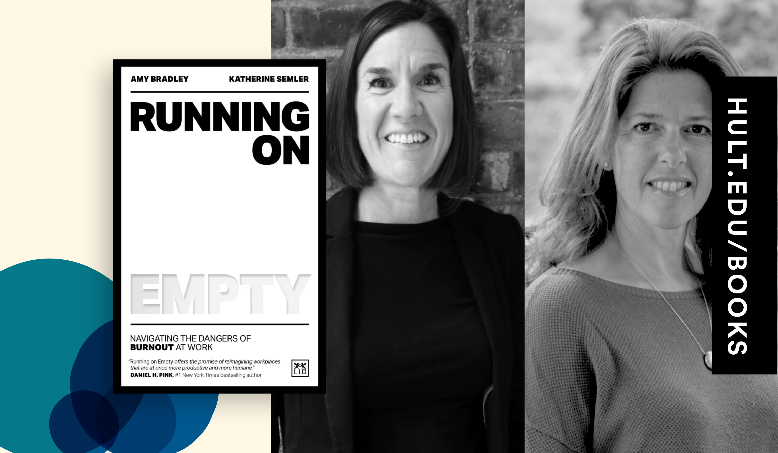Running on Empty: Navigating The Dangers Of Burnout At Work
Reports of stress, mental ill health, and burnout appear in the press every day. People describe themselves as working longer hours, facing higher workloads, and dealing with more demands. These demands come from both work and home, with the lines blurring between the two. A 2020 study on remote working found that working hours were 30% higher than before the pandemic. Over half of those additional hours were being done outside the normal working day.
Furthermore, an unpublished report from the Royal College of General Practitioners reports that 4 in 10 doctors in England are likely to leave the profession within the next five years. The cause of all of this? Burnout. Research spanning 46 countries during the pandemic suggests that 89% of people feel their work life is getting worse. A further 85% of them said their overall well-being has declined.
On the brink
Given half of the working population is in a state of “overextension” we could be in for a universal burnout wave sooner rather than later. Considering the large numbers of workers reporting ill mental health, large swathes of the global workforce may not yet be in burnout, but without remedial action, may soon succumb. With 12 hours of on-screen time now the norm in our working days; “to do” lists growing longer, and line blurring between home and at work—we know from our research that it is only by disclosing our struggles that we realize we’re not alone. Those workplaces where open conversations around mental health are fostered can help people right side of burnout.
Debunking the “recovery” myth
Having spent two years researching alongside people who had experienced burnout or who were feeling so overwhelmed with work, they felt they were teetering on the edge, we have come to understand that it is not something that can be “overcome”. One of the central theses in our forthcoming book on the topic, therefore, is to challenge notions of “recovery” from burnout. We have resisted writing a self-help guide that seeks to offer people the answer. Despite an appetite among leaders for tips and shortcuts, we realize how naïve it would be to attempt to present neatly packaged solutions.
Practicing mindfulness
Instead, we uncover learnings, personal prevention strategies, and ongoing healing practices. These include meditation, mindfulness, movement, sound, making, visual art, being in nature, and conversations with others. To remain healthy and self-aware in the face of overwhelm and burnout is the goal. These activities enable people to come to know their limits better. Those who communicate what they will and will not do are better equipped to navigate burnout positively.
Workplaces reimagined
Given its prevalence, we have now reached a point where employers ignore burnout at their peril. We are in the middle of a global mental health crisis with negative emotions such as worry, stress, anger, and sadness reaching record levels. 7 in 10 employees now say they are struggling or suffering, rather than thriving in their lives. To put an end to burnout, we need to create a future where organizations are radically reimagined. In this envisaged future, we demand different working conditions, with employees and employers co-creating a shared vision of what it means to lead a healthy work life. More importantly, we need to know how this fits into a life well lived.
We need workplace cultures based on dignity and fairness—compassion for self and others prioritized, even at the expense of productivity. The purpose is seen to come from leisure and not just from work. One thing is certain and that is we will not eradicate burnout alone. Individuals, organizations, and societies will all need to play their part to move us beyond self-interest. Reciprocity and collective action are required to design future workplaces.
The authors
Amy Bradley is an Adjunct Professor of Leadership and Management at Hult Ashridge and the author of The Human Moment.
Dr. Katherine Semler is Adjunct Faculty at Hult Ashridge and a partner at Korn Ferry where she works with leaders and organizations to help them define and live their purpose.
Their forthcoming book Running on Empty: Navigating the Dangers of Burnout at Work feels it has arrived at a defining moment in the wider discussion around mental health. It explores the urgent issue of burnout through a lens of discovery. It seeks to heal some of the root causes of workplace despair. You can pre-order your copy here.


